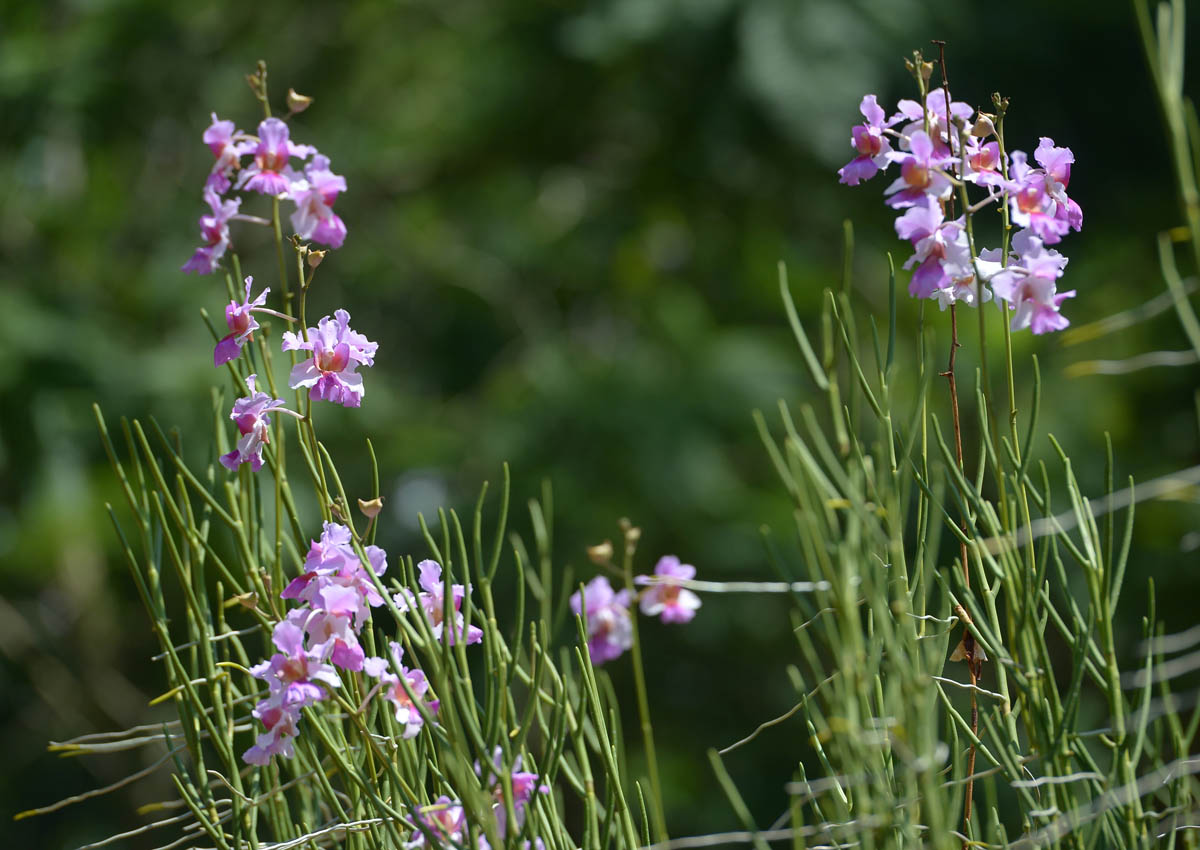A debate over the origins of Singapore’s national flower seems to have been resolved at long last.
For more than 30 years, there has been no consensus on whether the Vanda Miss Joaquim orchid hybrid was a product of nature or whether it was artificially cross-bred by the late Agnes Joaquim, an Armenian horticulturist who was born in Singapore.
But two key relevant government bodies, the National Parks Board (NParks) and the National Heritage Board (NHB), are amending their official records, to clearly credit the human hand behind this bloom.
They now acknowledge the role of Miss Joaquim in cross-pollinating the Vanda hookeriana and Vanda teres to create the plant.
In contrast, over the past few decades, some have speculated that Miss Joaquim had merely stumbled upon the plant in her garden, and did not directly credit her for cross-breeding the hybrid.
For instance, the current version of the Singapore Botanic Gardens’ website merely states that its first scientific director, Sir Henry Ridley, had named the plant after Miss Joaquim, “in whose garden the hybrid originated”.
The National Library-operated Infopedia page on the flower does not offer an official account of its origins but notes the controversy and the two contradicting perspectives.
The page states: “One argument is that the plant is a natural hybrid and was discovered by Agnes Joaquim, who spotted it in her garden at 2 Narcis Street, Tanjong Pagar, in 1893.”
The move to update official records was started by Miss Joaquim’s great-great-grand niece, Singaporean Linda Locke, 63, in March.
She contacted the authorities with a large body of research that she had dug up over the past six months to refute naysayers, some of whom have argued that the hybrid could have occurred naturally, such as a result of being pollinated by carpenter bees.
Ms Locke wanted public agencies here to present consistent accounts of her ancestor’s achievement and reduce confusion among Singaporeans over the history of their own national flower.
She noted the plant was officially recorded with the Singapore Botanic Gardens on a specimen sheet dated April 1893 where it was described as an artificial hybrid.
She also cited Sir Ridley’s announcement of her ancestor’s discovery and work in the June 24, 1893 issue of The Gardeners’ Chronicle, a former British horticulture periodical.
He had written: “A few years ago Miss Joaquim, a lady residing in Singapore, well-known for her success as a horticulturist, succeeded in crossing Vanda Hookeriana, Rchb.f., and V.teres.”
A spokesman said the changes were made to “better reflect Miss Agnes Joaquim’s contributions, as stated in H.N. Ridley’s account”.
Nigel Taylor, group director of the Singapore Botanic Gardens, said NParks adopts the account by Sir Ridley.
Dr Taylor added that NParks will now be “presenting this position more clearly by incorporating Ridley’s account from The Gardeners’ Chronicle in our interpretive boards and webpages”.
Miss Joaquim died at 45 from cancer in 1899.
Ms Locke and her relatives hope her achievement in creating the flower will be recognised “across all relevant government bodies and their media portals”.
melodyz@sph.com.sg

Get MyPaper for more stories.






